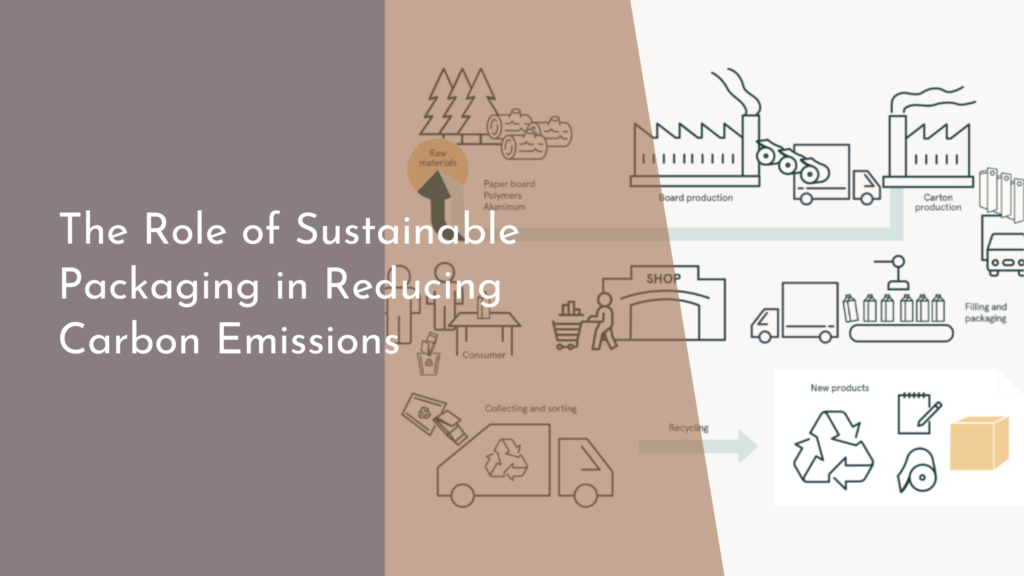Exploring biodegradable plant pots for rooftop gardens
As urban spaces become increasingly congested, rooftop gardens are gaining popularity among city dwellers looking to cultivate their green thumbs. Not only do these gardens provide a refreshing escape from concrete and steel, but they also offer an opportunity to incorporate sustainable gardening practices. One such practice is the use of biodegradable plant pots, which provide a more eco-friendly alternative to traditional plastic containers. In this article, we’ll explore the benefits of biodegradable pots, the best materials for eco-friendly gardening, tips for setting up your rooftop garden, and how to maintain healthy plants.
Discover the Benefits of Biodegradable Plant Pots
Biodegradable plant pots are an excellent choice for rooftop gardens, as they break down naturally over time, enriching the soil with nutrients. Unlike plastic pots, which can take hundreds of years to decompose, biodegradable pots are made from organic materials such as bamboo, coconut coir, or recycled paper. This not only reduces plastic waste but also aligns with the growing trend towards sustainable living. Additionally, these pots often come with the added benefit of aiding plant growth by allowing roots to naturally expand and interact with the surrounding soil.
Another significant advantage of using biodegradable pots is their lightweight nature, which is particularly beneficial for rooftop gardens. Rooftops can have weight limits, and using lighter materials can help prevent structural strain. Furthermore, biodegradable pots are usually designed to be aesthetically pleasing, allowing you to cultivate a garden that not only thrives but also looks beautiful. Whether you’re planting herbs, flowers, or vegetables, these eco-friendly options can enhance both your gardening experience and the environment.
Choosing the Right Materials for Eco-Friendly Gardening
Selecting the right materials for your biodegradable pots is key to creating a successful rooftop garden. Some of the most popular materials include bioplastics derived from corn starch and coconut coir, both of which are biodegradable and provide excellent drainage. Another option is peat pots, which are made from compressed peat moss. While effective, it’s important to consider the environmental impact of peat harvesting. Coconut coir, on the other hand, is a renewable resource, making it a better choice for eco-conscious gardeners.
When choosing the right material, consider the specific needs of the plants you intend to grow. For instance, plants that require good drainage may thrive in pots made from bamboo or coir, while those needing more moisture retention may do better in compostable paper pots. Additionally, look for pots that are certified as biodegradable, ensuring they’ll break down effectively in your garden. By making informed choices about materials, you can set the stage for a thriving rooftop garden that respects the planet.
How to Set Up Your Rooftop Garden with Green Pots
Setting up your rooftop garden with biodegradable plant pots is a straightforward yet rewarding process. Begin by selecting the right location on your roof – an area that receives adequate sunlight and is protected from strong winds. Make sure to check any weight limitations and assess the drainage on your rooftop. Using a combination of pots will give you the flexibility to create a diverse garden, so consider incorporating a variety of sizes and shapes to accommodate different plants.
Once you have your pots, fill them with high-quality, organic potting soil. This is crucial for ensuring your plants receive the nutrients they need to thrive. As you plant, be mindful of spacing to allow for air circulation and growth. Consider adding a layer of mulch on top of the soil to retain moisture and suppress weeds. With everything in place, water your newly planted garden thoroughly and watch as your rooftop transforms into a vibrant green oasis in the heart of the city.
Tips for Maintaining Healthy Plants in Biodegradable Pots
Maintaining healthy plants in biodegradable pots requires attention and care as these pots break down over time. Regularly check the condition of the pots to ensure they are still providing adequate support for your plants. Depending on the material, some biodegradable pots may need to be replaced after a growing season to provide optimal growing conditions. It’s also important to monitor watering, as biodegradable pots may retain moisture differently compared to plastic ones. Keeping a close eye on drainage is essential to prevent overwatering.
In addition to monitoring your pots, be attentive to your plants’ nutritional needs. Since biodegradable pots break down and contribute nutrients to the soil, you may need to supplement with organic fertilizers throughout the growing season. Consider using compost or worm castings to create a nutrient-rich environment for your plants. Lastly, remember to enjoy the process! Gardening is a journey of growth – both for your plants and for you as a gardener. Celebrate your successes and learn from your challenges, creating a flourishing rooftop garden that brings joy to your urban life.
Incorporating biodegradable plant pots into your rooftop garden is not only an eco-friendly choice but also a step towards a more sustainable lifestyle. By understanding the benefits, selecting the right materials, setting up your garden thoughtfully, and maintaining plant health, you can create a thriving green space atop your urban residence. Embrace the joy of gardening and make a positive impact on the environment, one plant at a time. Happy gardening!


